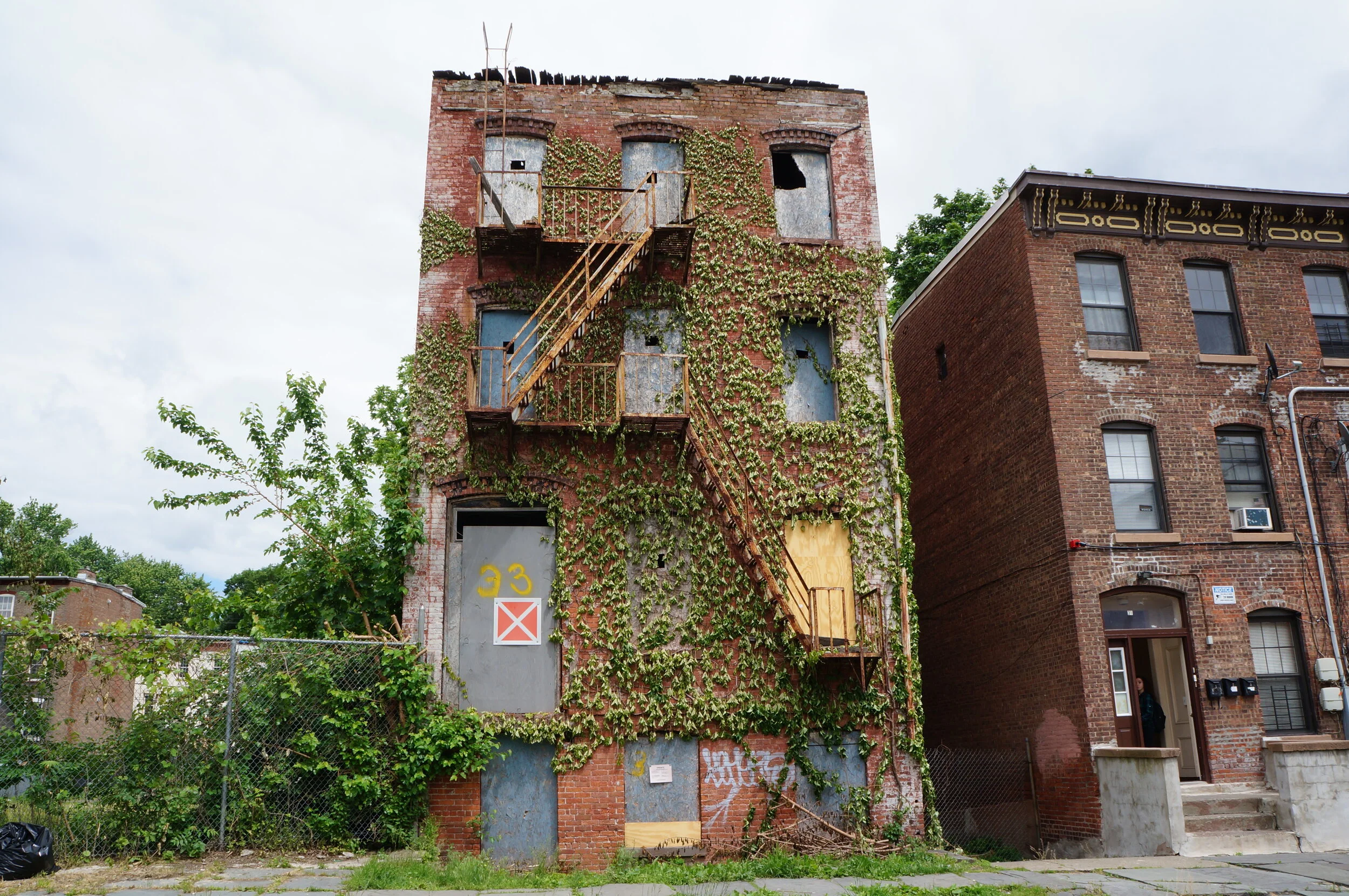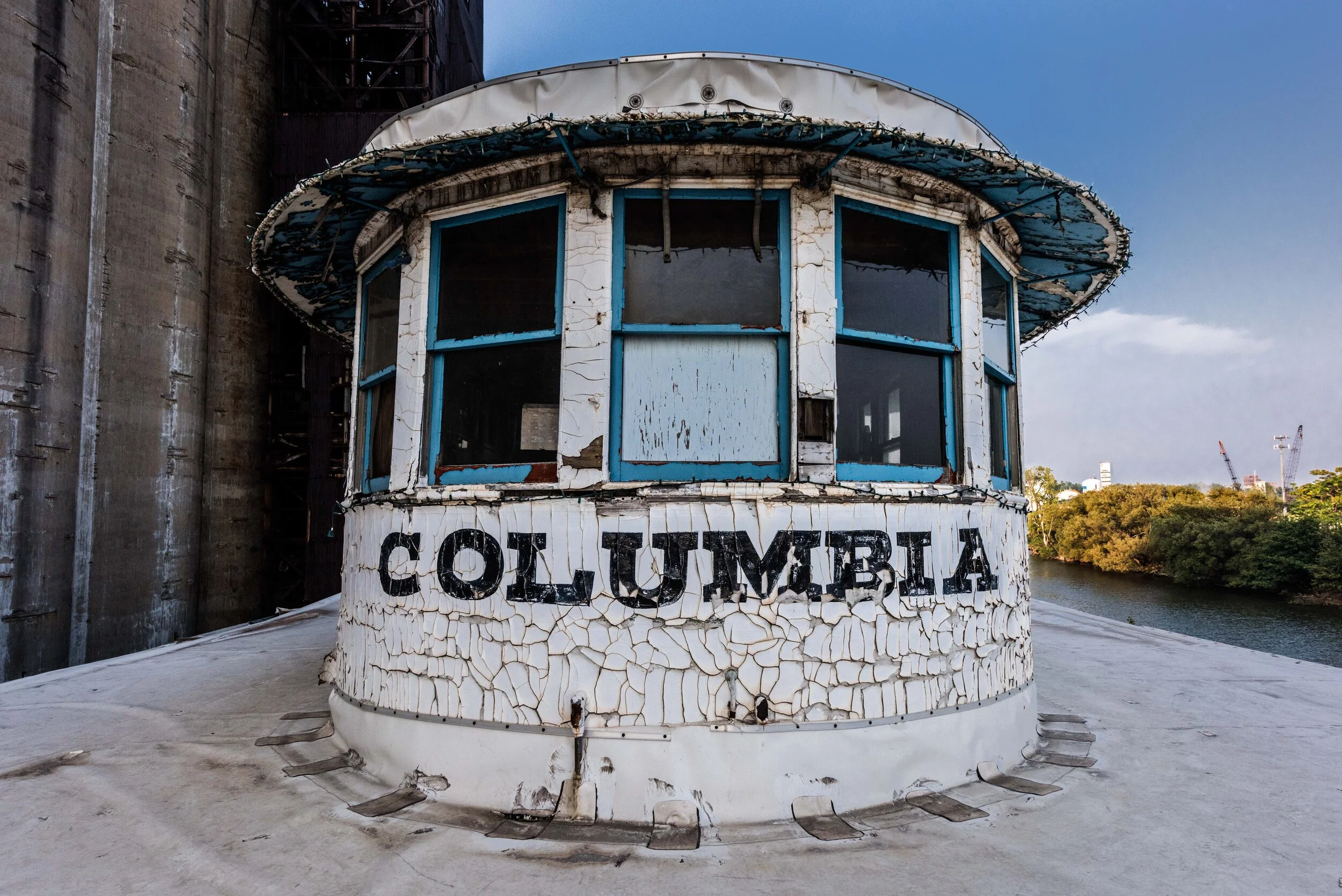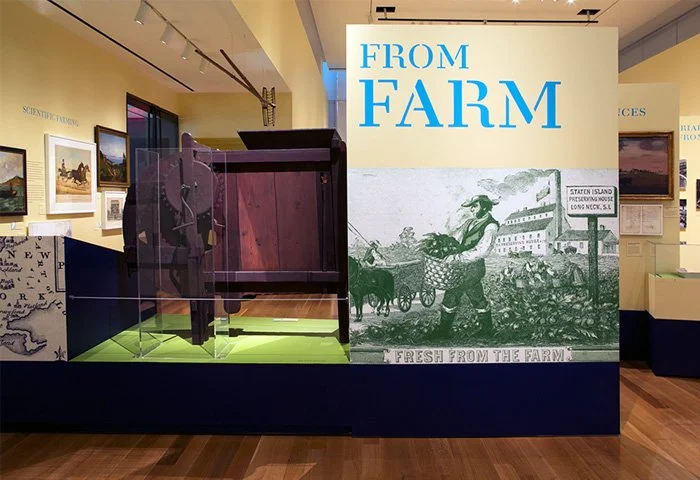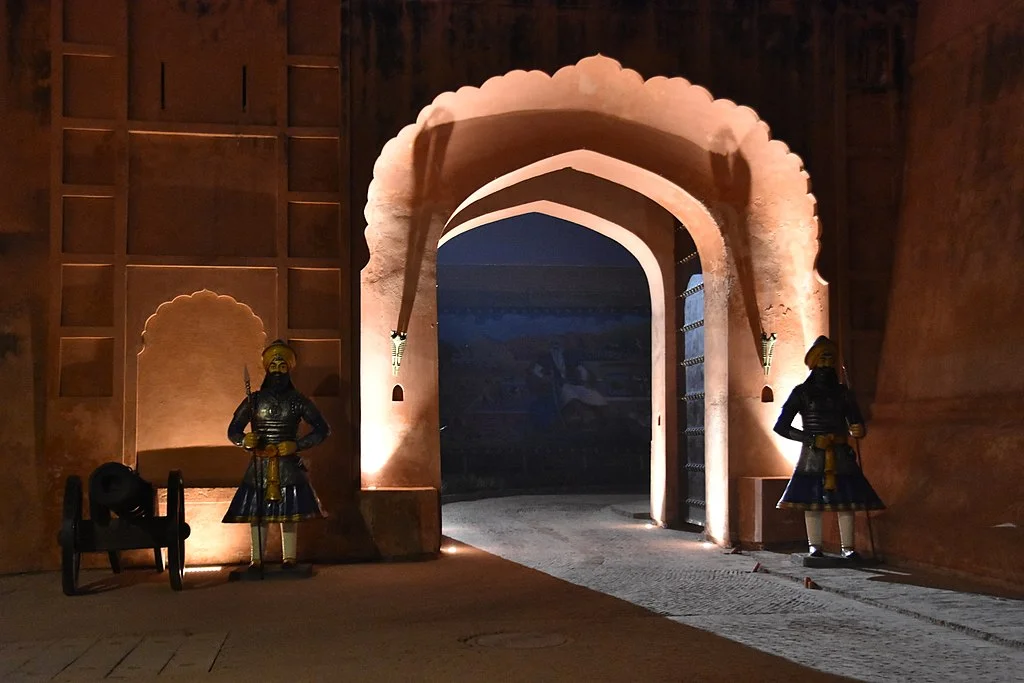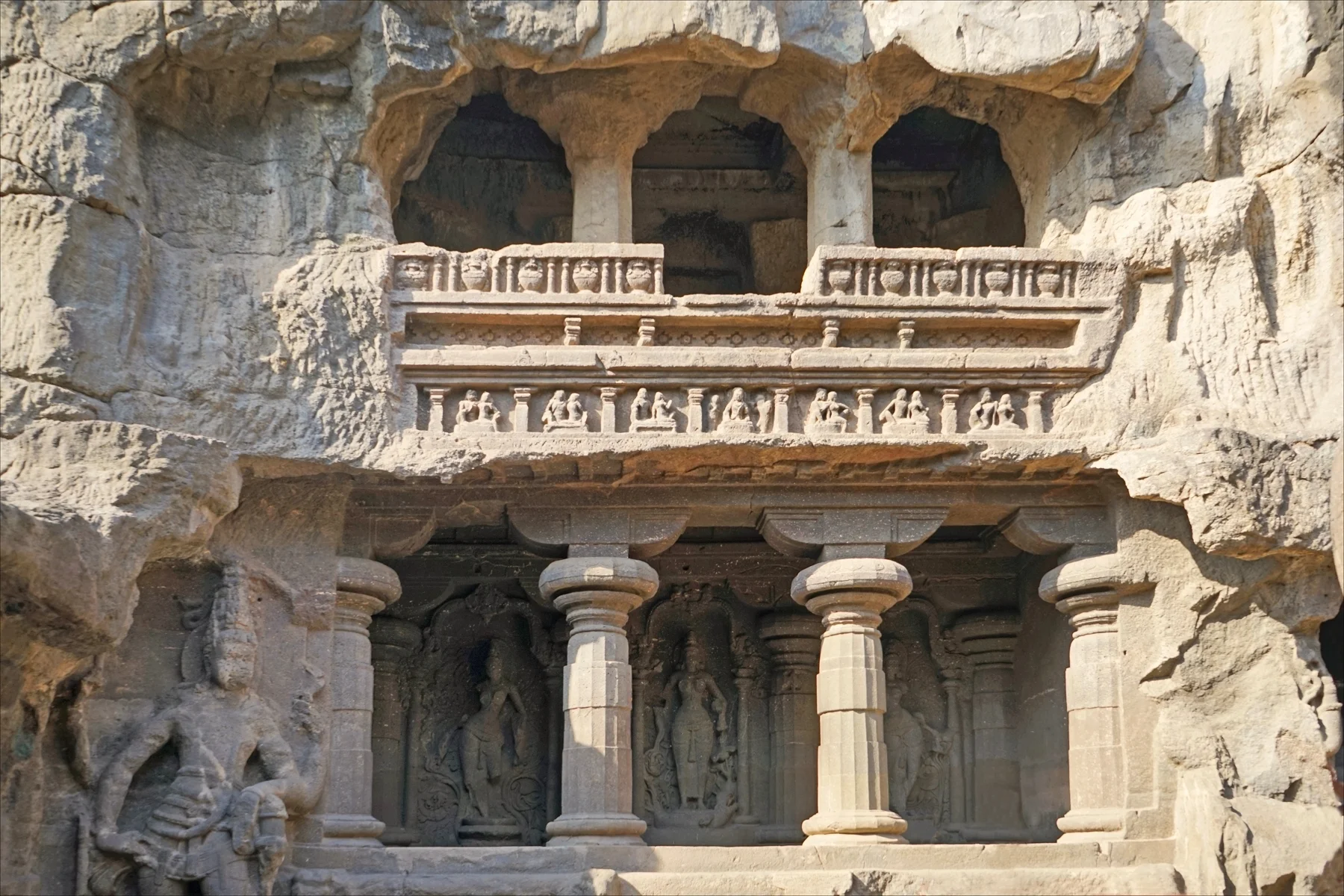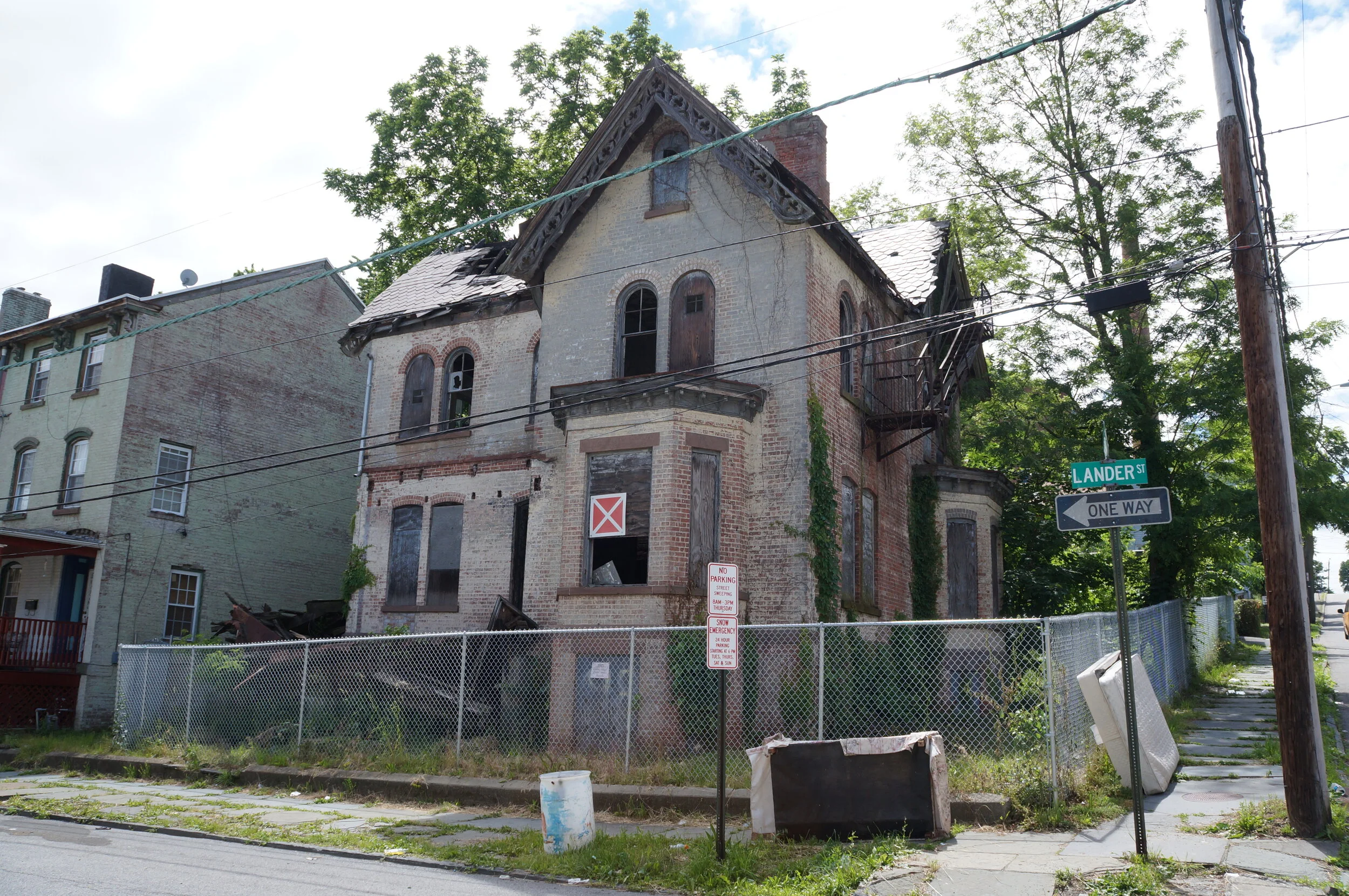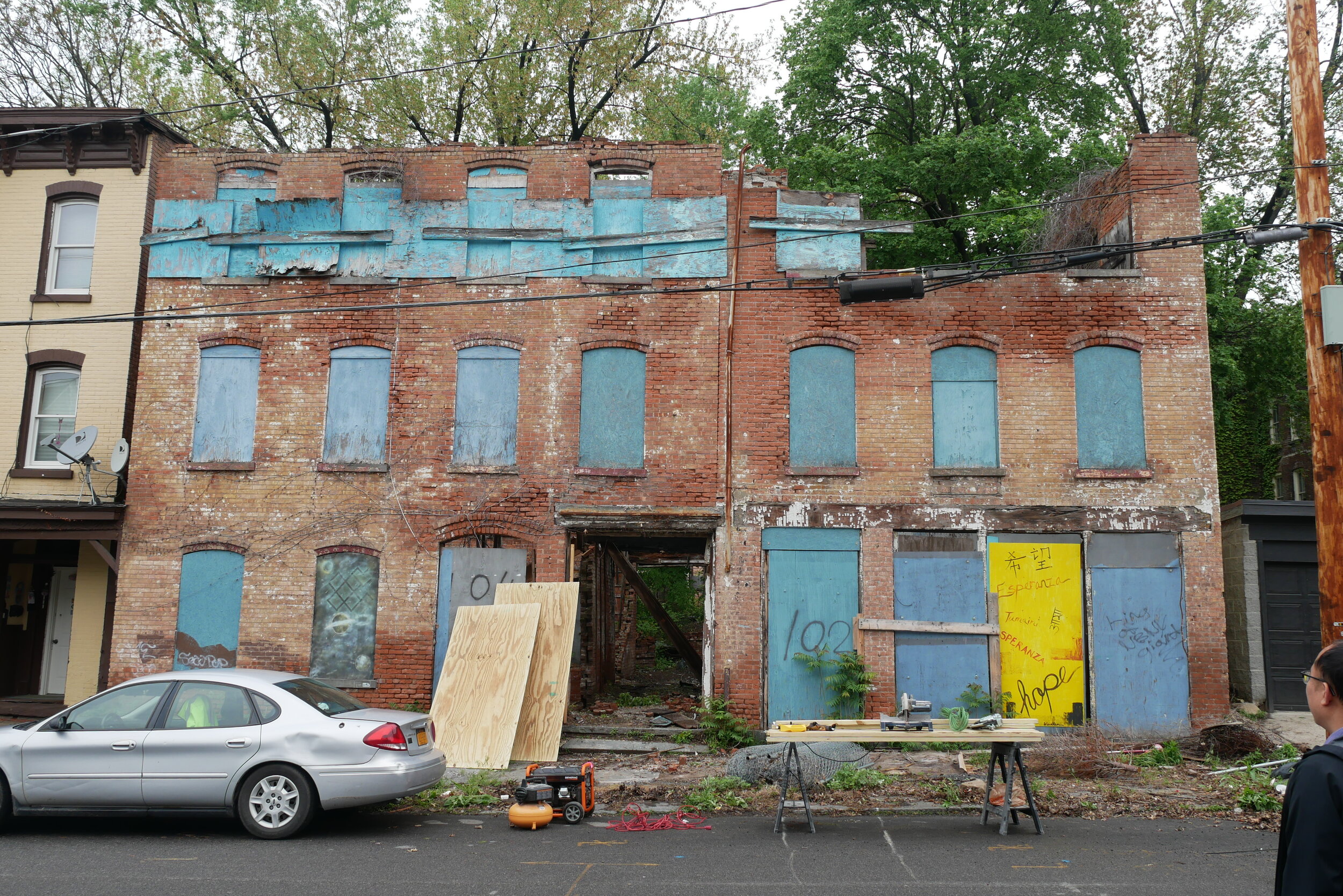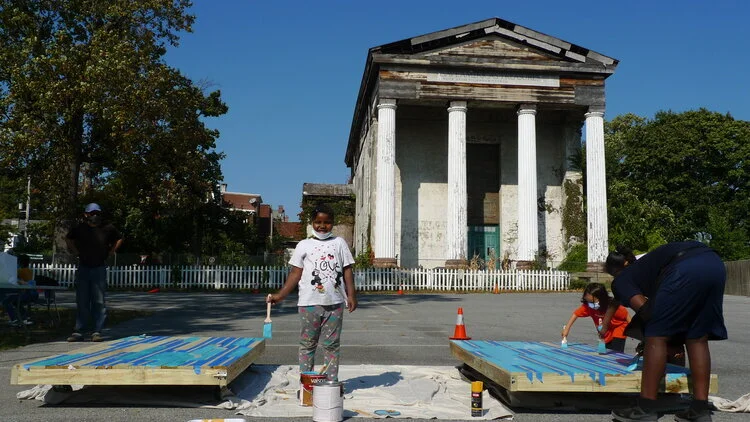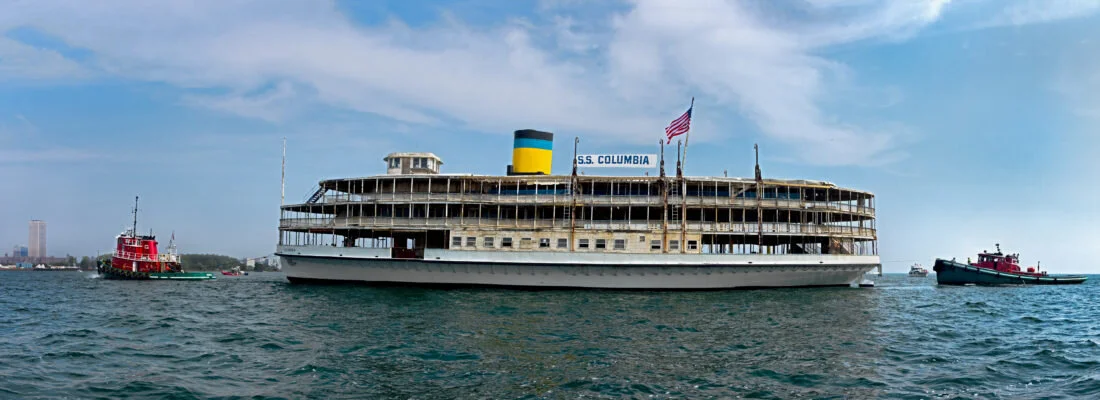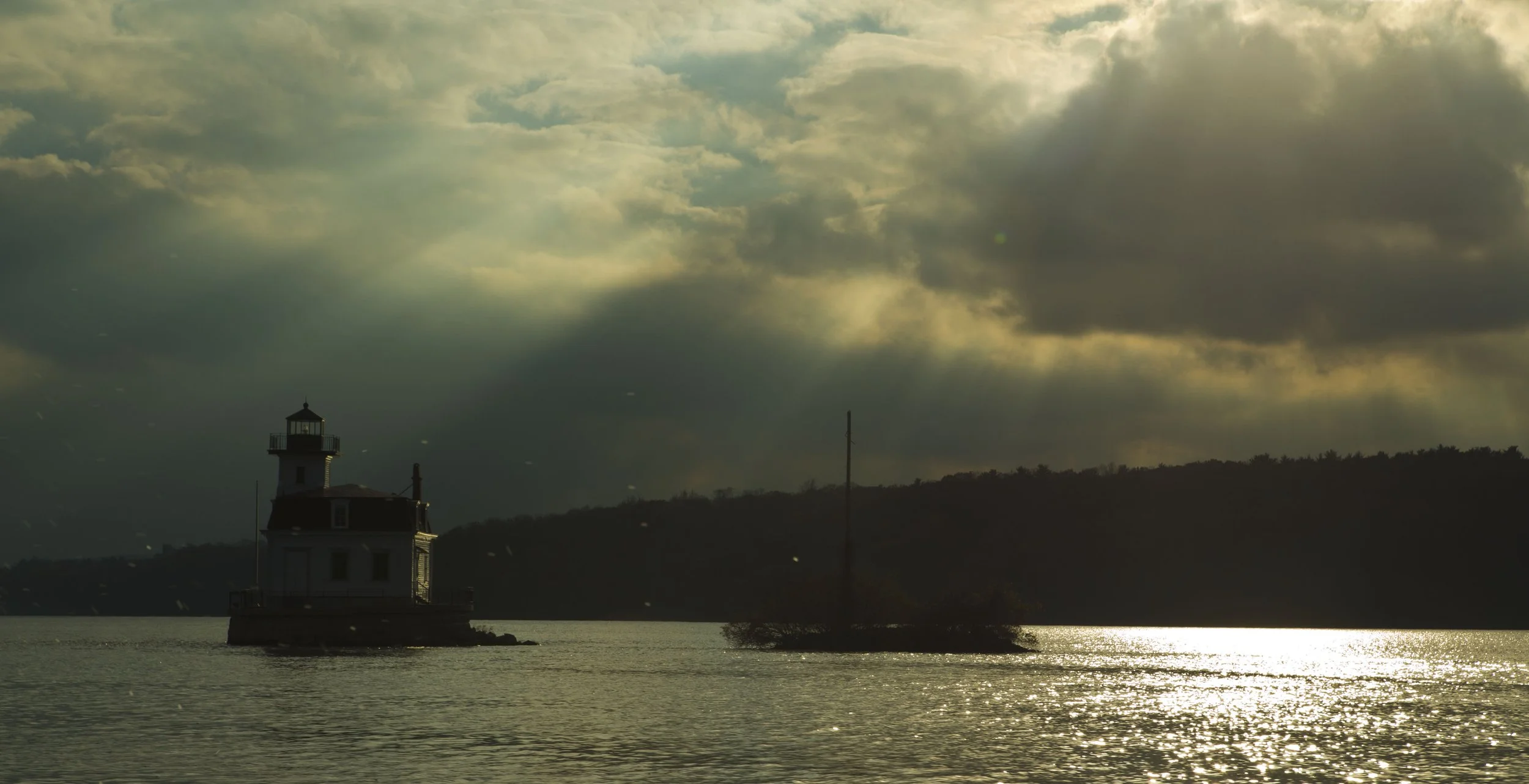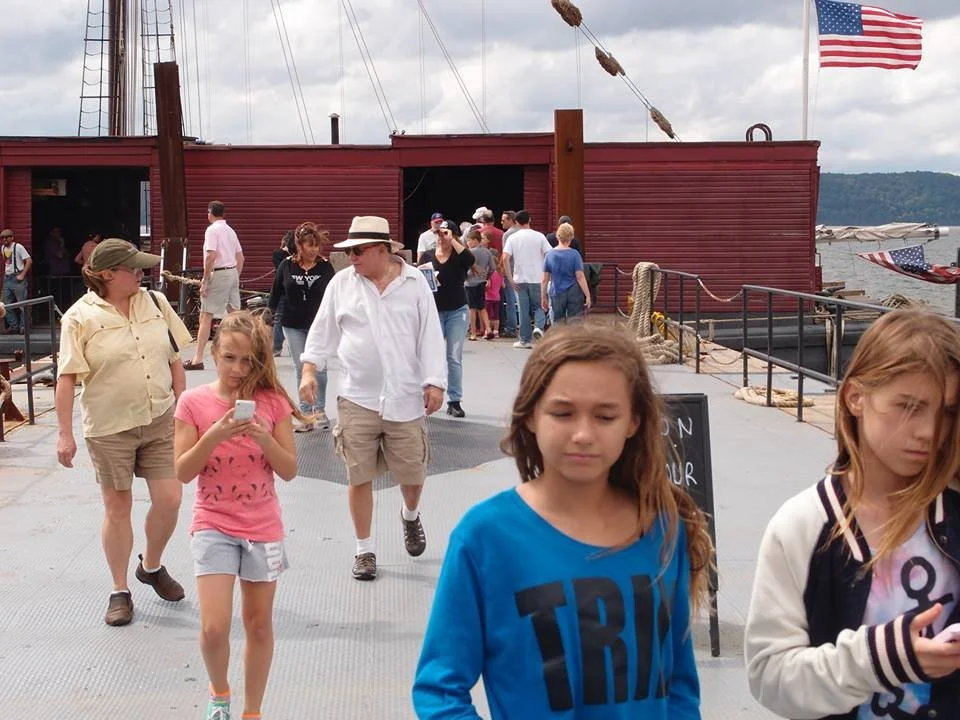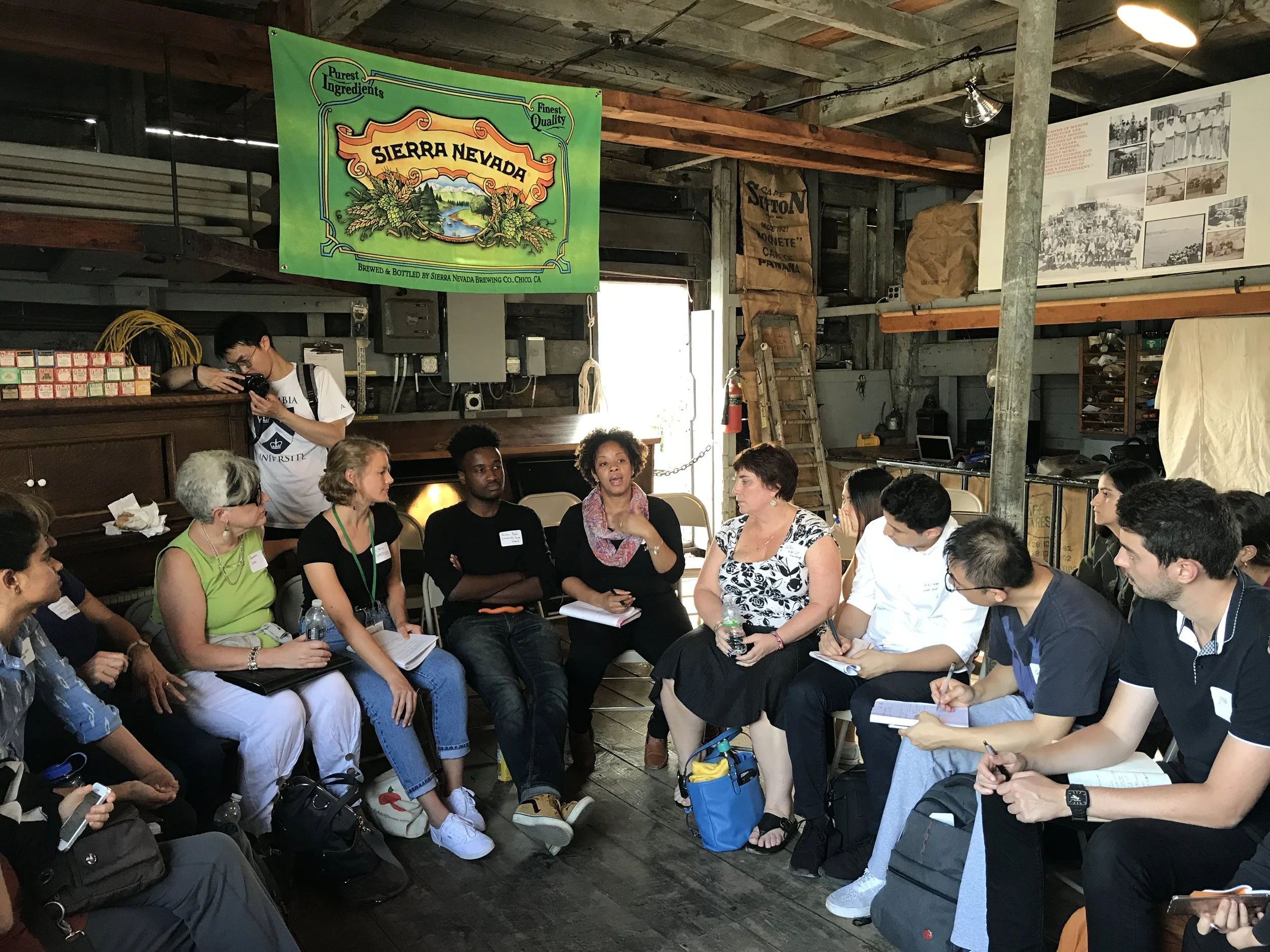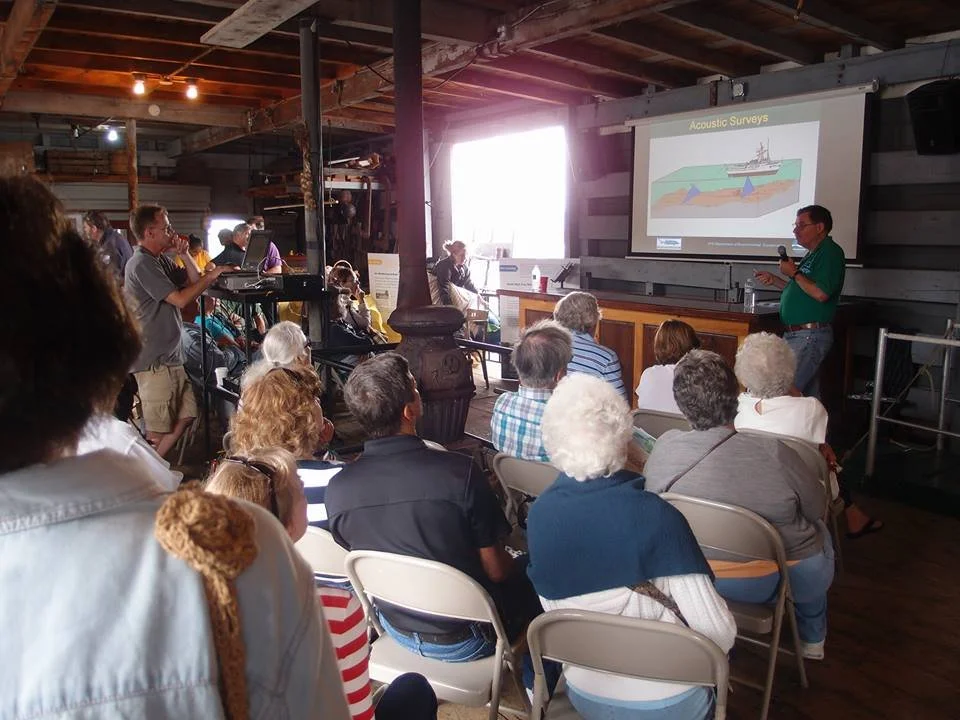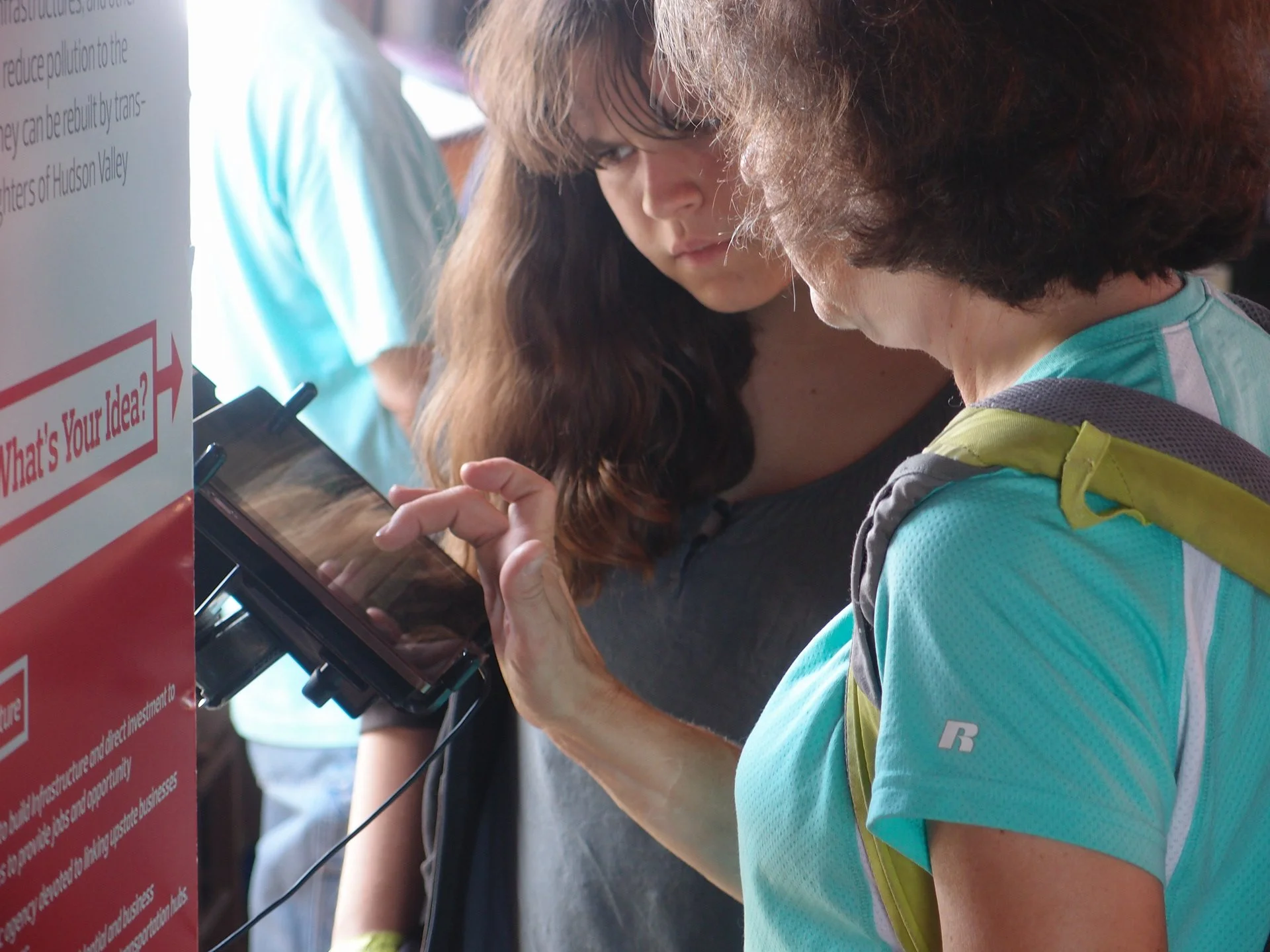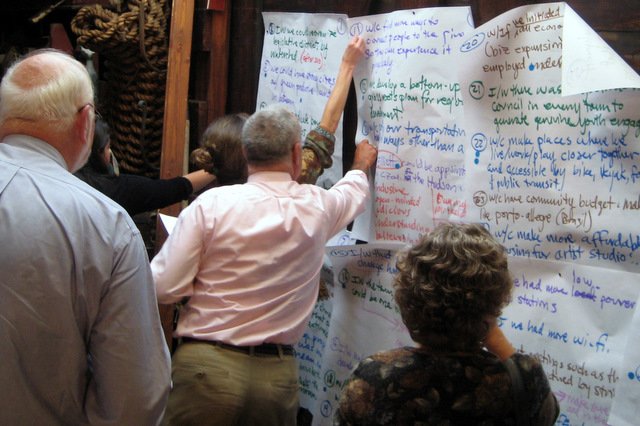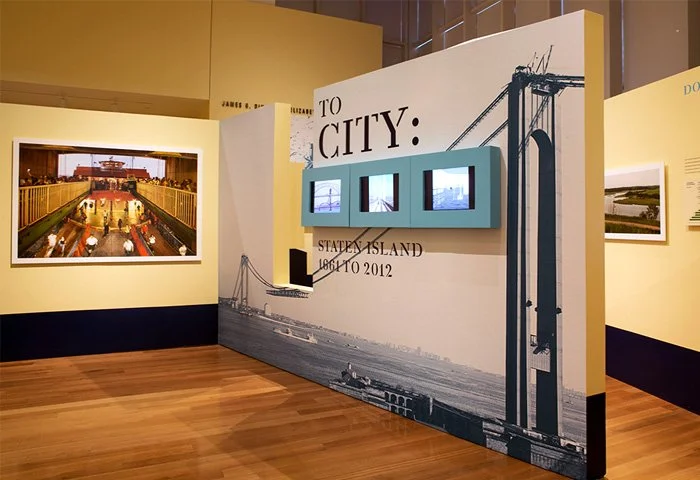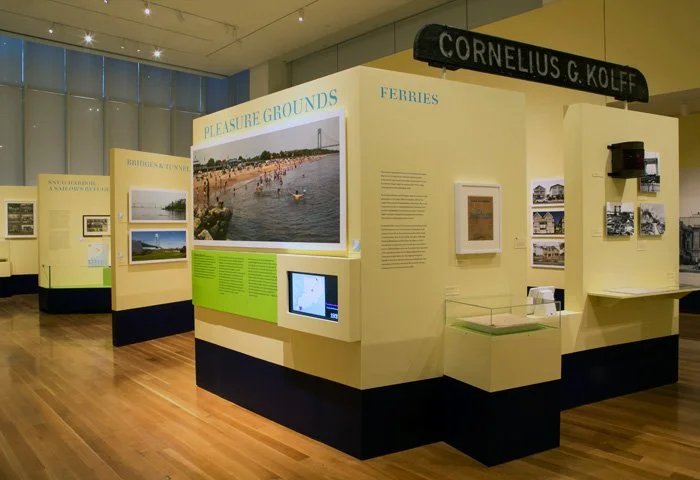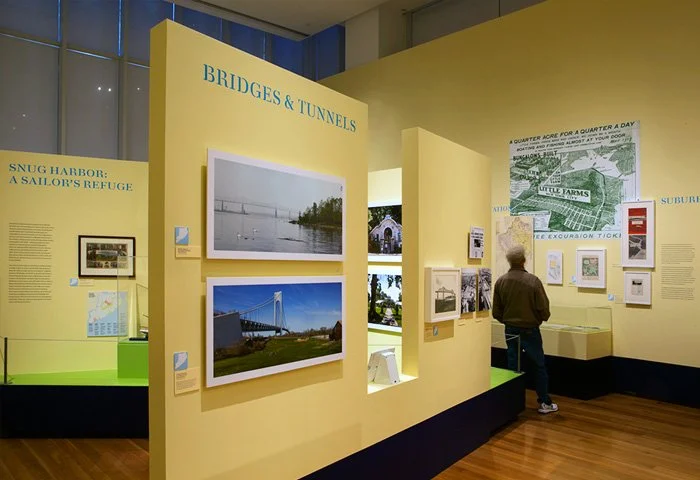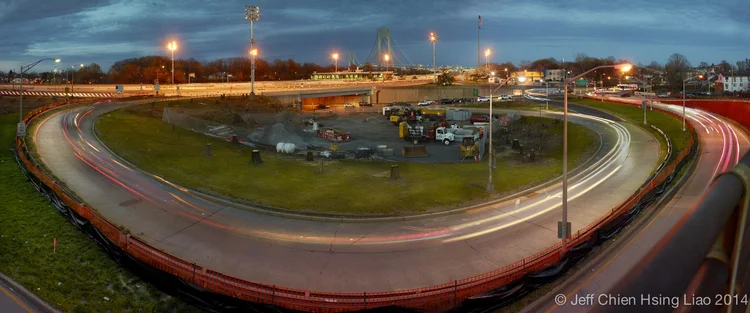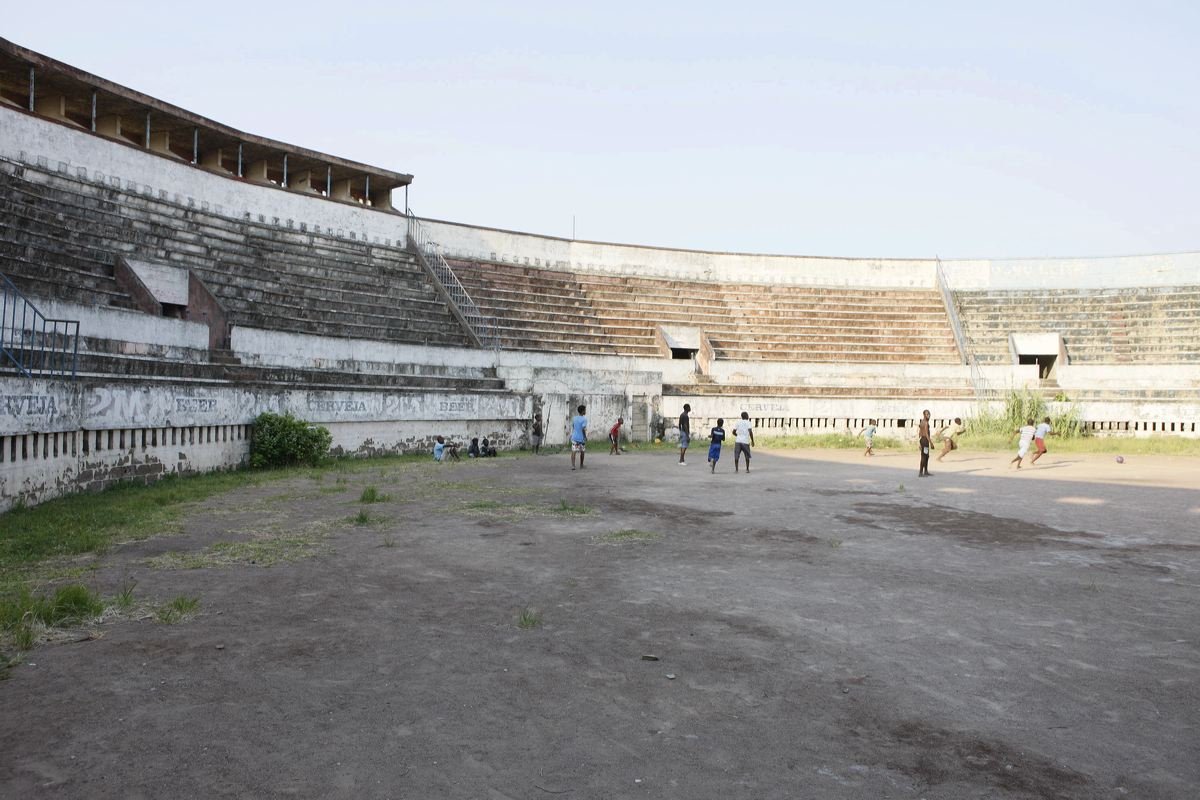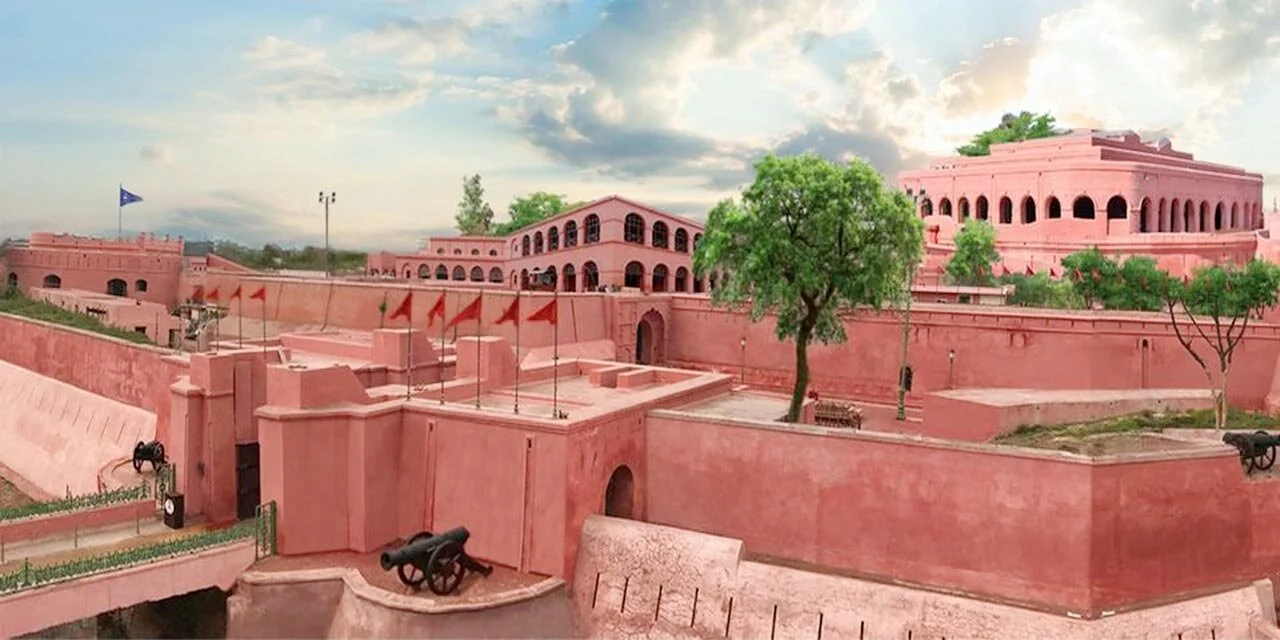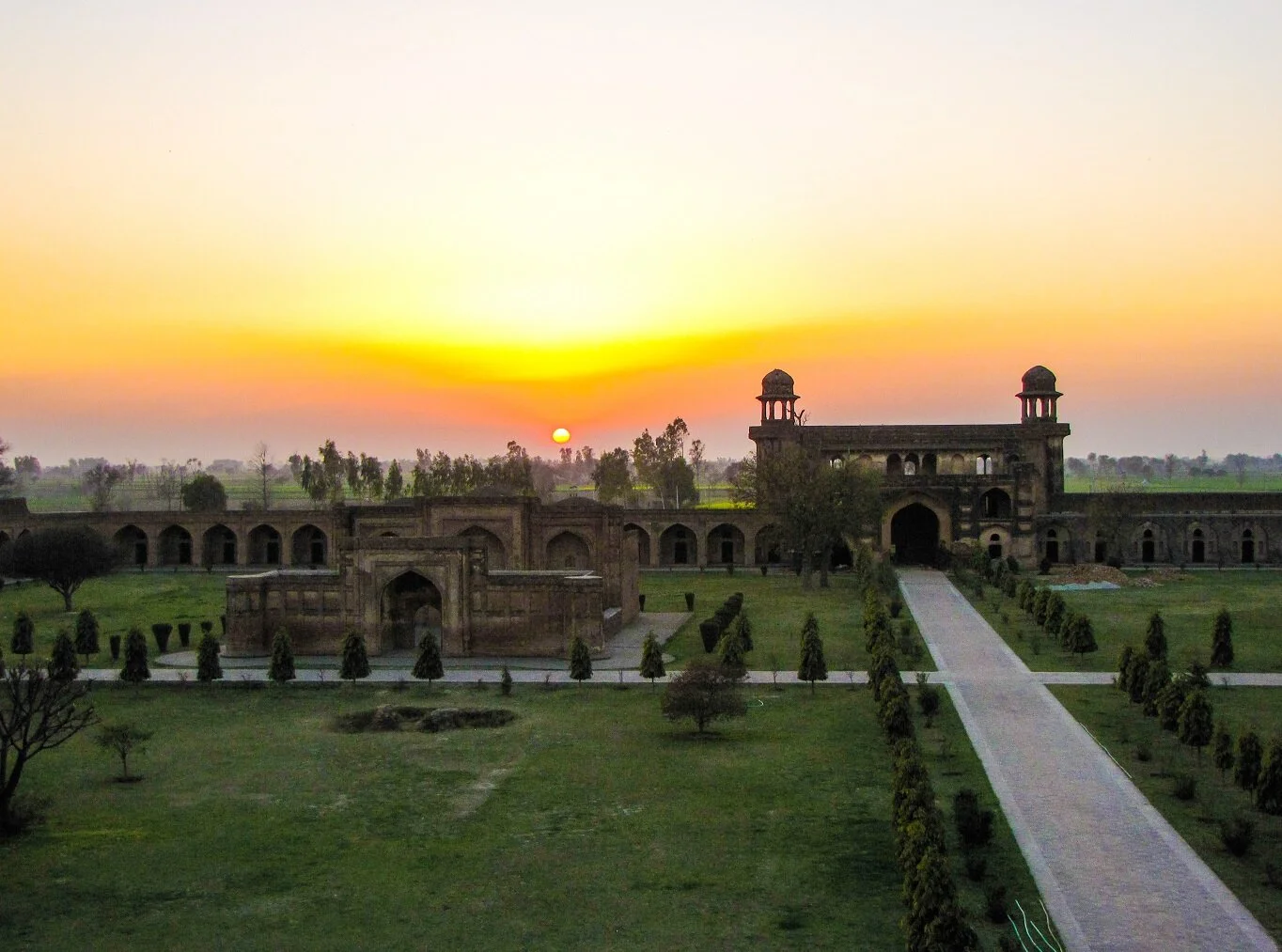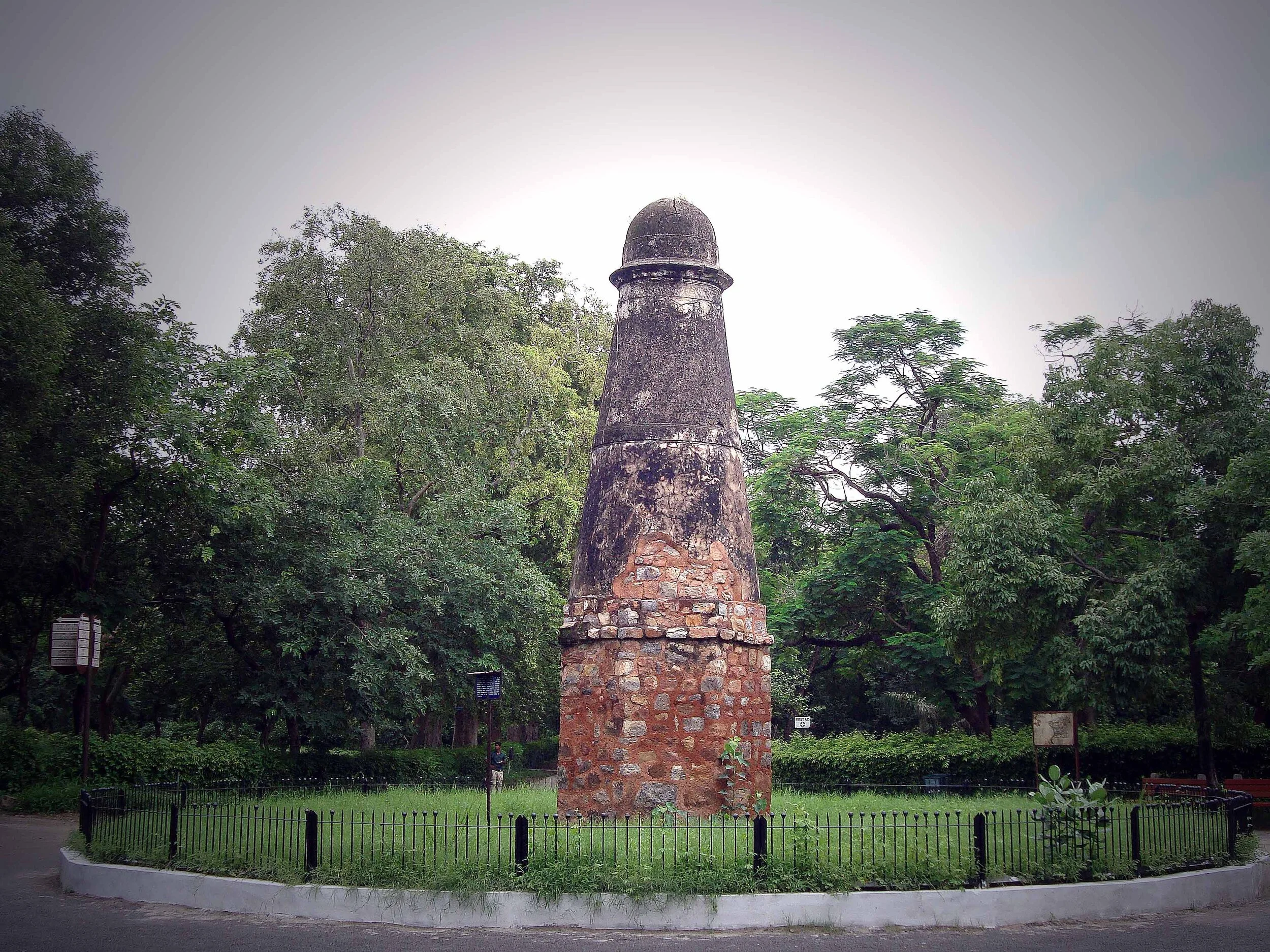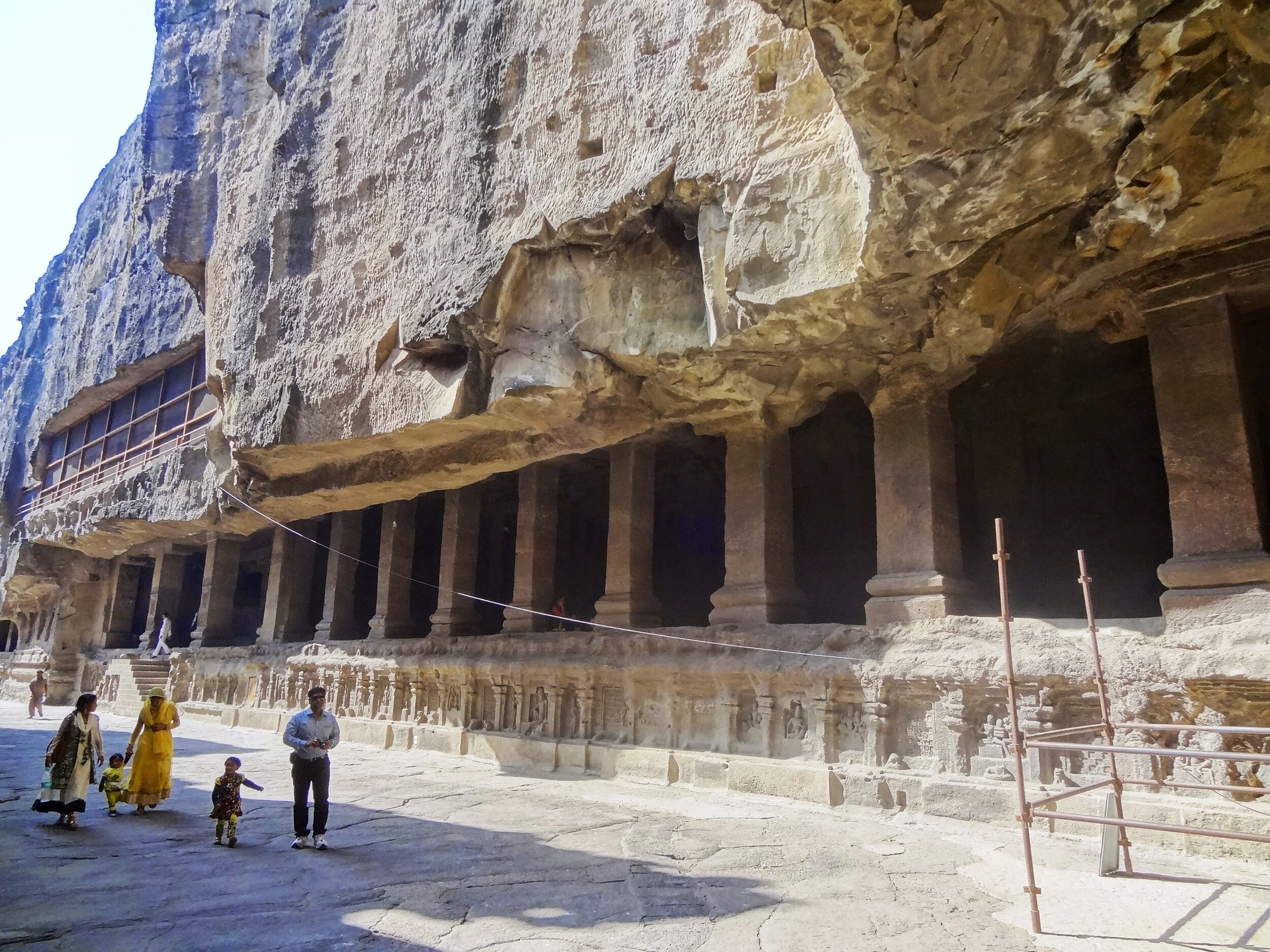Site Interpretation & Educational Outreach
Amritsar, India
2012
Working in partnership with Cultural Resource Conservation Initiative (CRCI), Liz prepared an educational outreach & interpretation plan for Gobindgarh Fort that was submitted to the client, Punjab Government, Department of Tourism, as part of a larger comprehensive conservation management plan. Her plan included recommendations for the installation of descriptive and story board signage, the development of a guide training program, and the program of several museums and interpretation centers at the fort.
Located outside the walled city of Amritsar, Gobindgarh Fort protected the Golden Temple situated at its heart of the sacred Sikh city. The fort was original built by chieftans of the Bhangi misl. In 1802 Maharaja Ranjit Singh established his authority in Amritsar by peacefully taking control of the fort from the misl chiefs and naming it after the tenth Sikh Guru, Gobind Singh. Ranjit Singh’s takeover of Amritsar, which followed his takeover of Lahore three years earlier, established him as leader of the newly consolidated Punjab. His administration and military included persons of Hindu, Sikh, Muslim and Christian faiths – a composition that suggests Ranjit Singh’s pursuit of the ideals of freedom and religious tolerance, which still define Punjab today.
Ranjit Singh believed that whoever controlled Gobindgarh, controlled the larger kingdom. Because of this, he spent a large sum of money to strengthen the fort. Its system of fortification adapted elements of European fort design, particularly the French tradition, likely influenced by two former French officers of Napoleon who joined Ranjit Singh’s military forces. The fort then held the repository of Ranjit Singh’s toshakhana, the royal treasury, and was said to house the Koh-i-Noor diamond.
Following the Anglo Sikh wars in 1846, the fort was taken over by the Bengal Army of the East India Company government, and continued to by under military occupation in independent India, until its handover to Punjab Government in 2006.
Photo credits: Wikimedia Commons (top); Amritsar Tourism (bottom).
